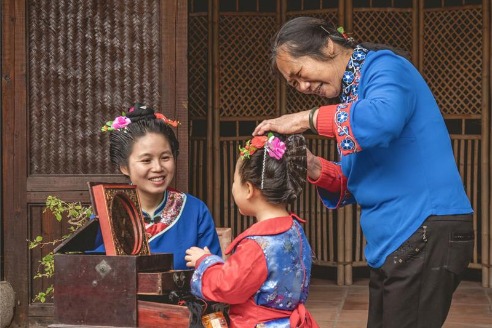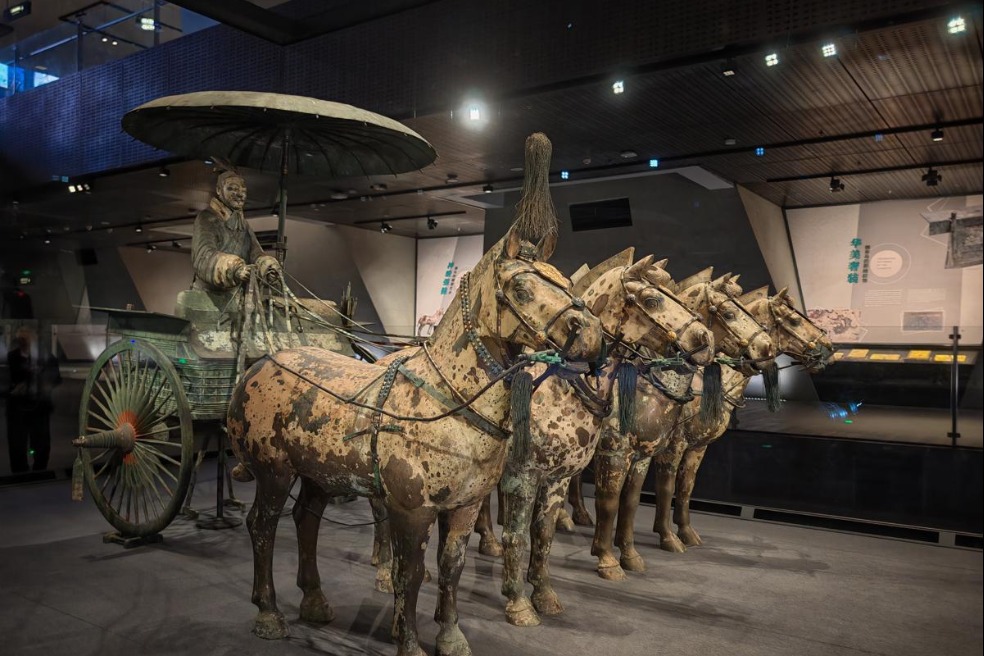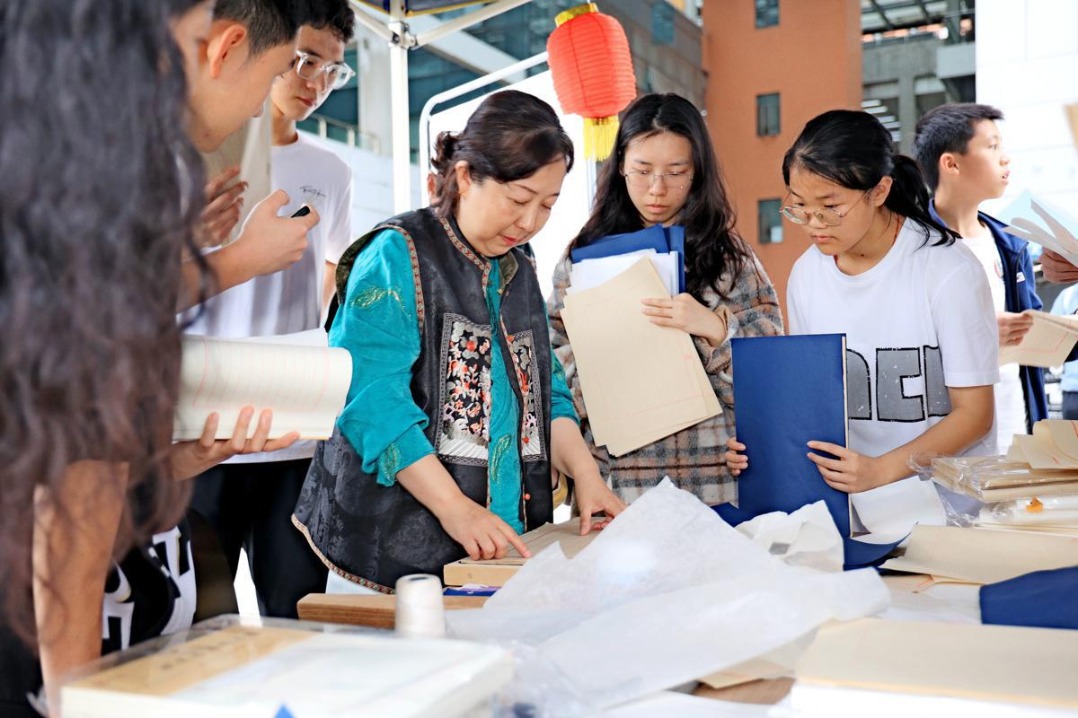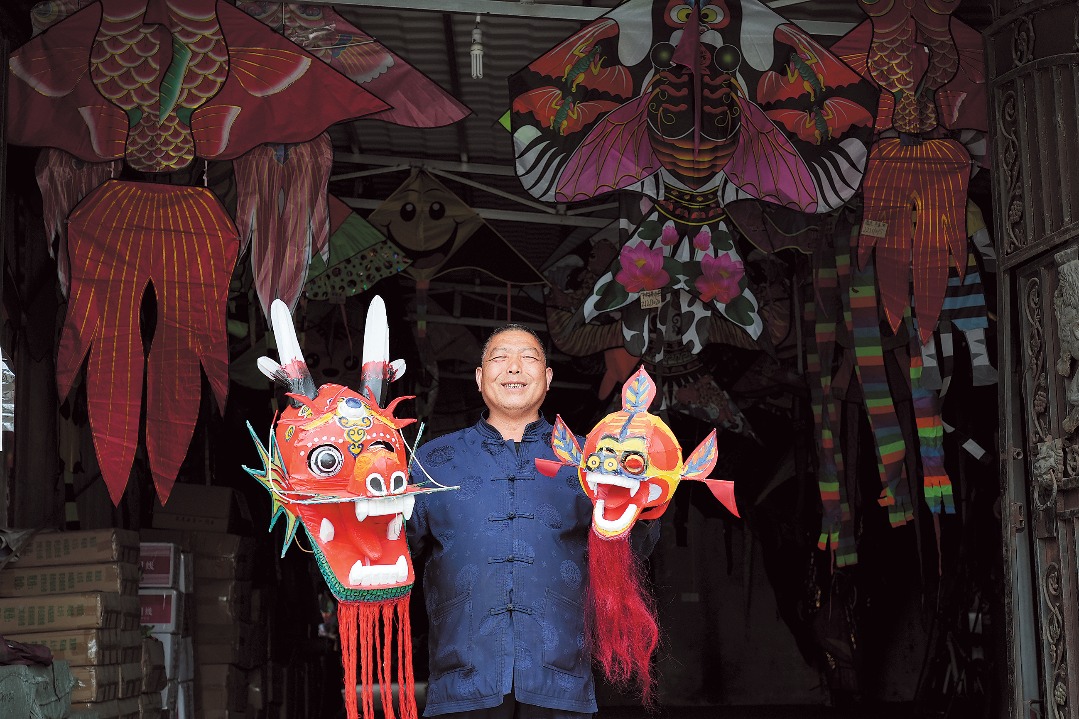Photographs reinforce memory of crimes


A publishing symposium highlighting two books that show pictures of hundreds of victims of Japanese biological warfare in China during World War II was held in Anda county, Heilongjiang province, on Wednesday, the 80th anniversary of the start of the Nanjing Massacre.
Around 30 participants, including the author, scholars and officials attended.
The two books-the result of a major research effort-include more than 800 photos and some 200,000 words covering the painful memories of 240 surviving victims of anthrax, glanders, plague and cholera in Zhejiang, Jiangxi and Hunan provinces. They were published in July.
In the mid-1990s, Li Xiaofang, a photographer and researcher, began to record the lives of the victims. Some of the subjects have since died.
"At the beginning of the 1990s, when I was working at a military hospital in Zhejiang, I made contact with some local residents who suffered rotten leg disease. Their symptoms were unusual," Li said. "After some years of research, I found a concentration of rotten leg disease among residents of villages in the three provinces. They were probably infected in the 1940s with anthrax and glanders by the Japanese army during World War II."
Jin Chengmin, curator of the Museum of Evidence of War Crimes by Japanese Army Unit 731, said: "The two books include a great amount of firsthand evidence of Japanese atrocities, despite some Japanese politicians' attempts to whitewash the country's wartime past."
"It also shows that the atrocity was not limited to Harbin. Many people in other regions suffered from Japan's biological warfare," Jin said.
Unit 731 was a top-secret biological and chemical warfare research base set up in 1935 in Harbin, Heilongjiang province, by the Japanese military. It was the center of Japan's biological warfare in China and Southeast Asia.
Unit 731 is known to have conducted experiments on living people to test the effectiveness of chemicals and germ-releasing bombs.
"As a historical researcher, I want to show my respect and esteem for Li. He has provided a good vehicle for the young generation to remember history that should not be forgotten," said Zhang Haiyan, a researcher at the September 18th Historical Museum in Shenyang, Liaoning province.
Also on Wednesday, a memorial ceremony for Nanjing Massacre victims was held in Anda, attended by 2,500 students, soldiers, police officers and local residents.
During the war, Anda was a test site set up by Unit 731 in 1941. According to the war crimes museum, more than 400 victims perished in medical experiments.
- Shenzhou XVIII's post-1980 astronauts set for launch
- Beijing improves services to facilitate film and television projects
- Beijing man inherits properties after years of caring for elderly neighbor
- South China sees vast increase in precipitation
- Chang'e 7 to survey the lunar south pole in 2026
- Finland and Guangdong's Xuwen county forge dynamic sports partnership





































